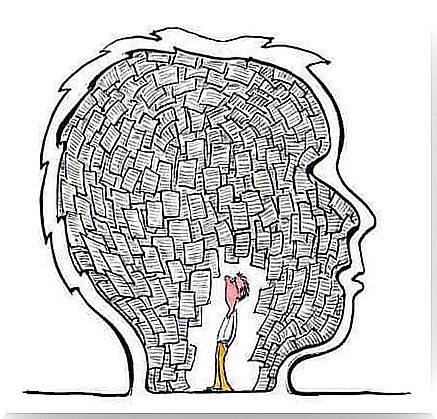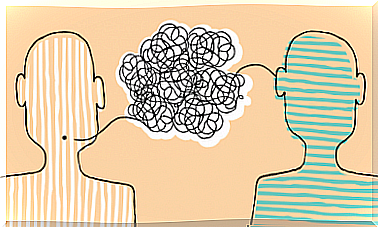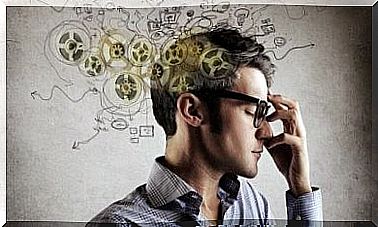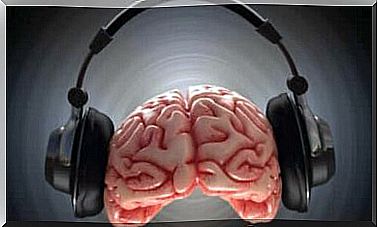How Does Our Brain Work When We Learn New Words?

Neuroscientists would have found the secret! So how does our brain work when we learn new words? Well, by picturing them as figures!
People who cannot learn words with the sound system (which is the usual method when learning to read), can learn new words by visualizing them as if they were objects. This turns out to be a good strategy for learning quickly and efficiently.
The nature of orthographic representations within the human brain is still debated.
According to studies that have been carried out, if the brain is able to learn new words so quickly, it is because it visualizes the word as if it were a single block.
What did the studies show?
Researchers have found that a small part of our brain is holistic, that is, it considers the recognition of words in their entirety, rather than analyzing them as a succession of letters or syllables. Thus, part of the brain could photograph the words and then recognize them.
Recent reports have claimed that the visual word form area, located in the left occipito-temporal cortex, contains an orthographic lexicon based on highly selected neural representations for individually written words.
This theory would mean that learning new words selectively increases the neural specificity of those words in the visual form area.
The experts’ opinion
This is what Dr. Maximilian Riesenhuber, neuroscientist at Georgetown University Medical Center who led the study, said:
“As some studies have suggested, we don’t quickly recognize words by their spelling or composition. However, in a small area of the brain, neurons help photograph the word as a whole, which could look like a kind of Visual Dictionary ”
This region of the brain is called the “visual word form area” and is essential in learning new words.
In addition, in the visual cortex is the spindle lobule, an area that helps us recognize faces.
According to Dr. Riesenhuber, “one part of this area allows us to quickly recognize people selectively, and the other allows us to recognize a word as a whole, which allows us to read quickly”.
How was the study carried out?
To carry out the study, 25 participants were asked to learn new words that were completely absurd in terms of simplicity, and then to learn words devoid of meaning.
The experts took scans before and after training and analyzed the changes.
The results showed that after learning the different words, the area of the brain involved in photographing word shapes began to respond to nonsense words, as if they were existing words.
Dr. Laurie Glezer, one of the study’s authors, maintains that: “This study is the first of its kind to show changes in neurons as words are learned, thus revealing the plasticity of the brain. brain”.
Considering these data, people with reading disabilities would therefore have an easier time learning new words, considering words as figures that can be visualized.
In fact, Dr. Riesenhuber is convinced that: “people who cannot learn words with the sound system (used as the usual method of learning to read at school), can learn new ones. words as if they were visual objects. It can be a good strategy to learn words efficiently and quickly ”.
The area that analyzes the visual form of the word is not interested in the sounds that form the word.
The fact that this type of learning only occurs in a small part of the brain is a good example of selective brain plasticity.
Conclusion
Word learning appears to selectively increase neural specificity for new words within the visual word form area, thereby adding these words to the visual brain dictionary.
Complete survey
This study appeared in “The Journal of Neuroscience” (http://www.jneurosci.org/content/35/12/4965.full.pdf+html)







